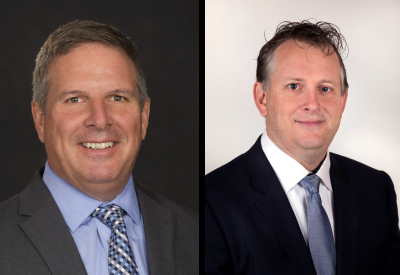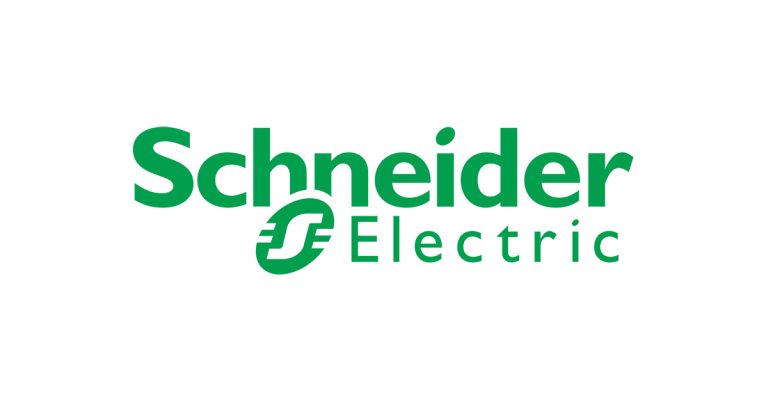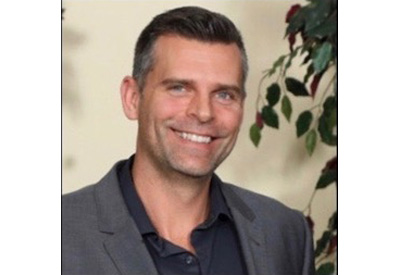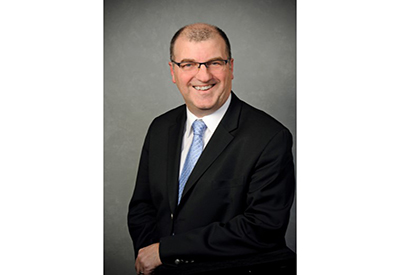Evolving in a Rapidly Changing Industry with Jenny Ng — Business Development Manager, Schneider Electric Canada: Part Two
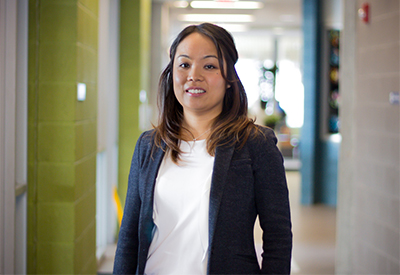
Dec 16, 2019
By Blake Marchand
Jenny Ng is a Business Development Manager for the Power Solutions Division of Schneider Electric. Thus far, she has spent the whole of her career in the energy sector working in various roles. She has spent time with utilities as a telecom engineer, in technology/product development with General Electric, and prior to her current position, she was Field Services Marketing Director with Schneider.
In part one of CEW’s interview with Jenny, she discussed her current role, sustainability, diversity, and how she finds meaning in her professional career. In the process she provides a sophisticated perspective on success.
In the interview below she provides insight into the technical side of the industry. Touching on the importance of collaboration to achieve a sustainable energy future, trends driving the industry, as well as why diversity, inclusion, and promoting women in STEM is important to her and the broader industry.
Can you perhaps touch on some of the technologies, trends, products, etc. that are influencing Schneider’s direction, right now? With respect to power solutions.
Power distribution is changing as the world becomes more digital. Climate change is undisputedly impacting our planet’s invaluable but, finite resources. How do we strive for economic growth while minimizing our impact to the environment? The following two trends that I see are helping solve this dilemma. First, the energy mix is shifting and becoming more electric and more renewable. Secondly, the power industry is also becoming more and more digitized. By 2025, 75% of the workforce will be from the digital generation and there will be 10x more connected devices than people.
Schneider Electric is focused on offering different digital power solutions including connected devices, edge controls, cloud applications, analytics and services to help our customers achieve safer, more efficient and sustainable power. Every customer has their unique power challenges, Schneider has engineered its digital solutions to be flexible, scalable, interoperable and with cyber security in mind in order to meet these custom needs.
What is next for your industry? Are there any emerging technologies, trends etc that you see as being prominent 5-10 years from now?
It is a very exciting time to be working in the power industry as there are many emerging technologies which are well positioned to disrupt this industry when fully adopted. The following are three trends that I see impacting the power industry:
- Artificial Intelligence (AI) – There has been a lot of buzz around AI and the potential it has to help organizations become more efficient and profitable by looking at data patterns not obvious to the human eye. We have already seen many large tech organizations like Apple, Google, Amazon, Microsoft invest in AI-related technologies in providing solutions targeting consumers like self-driving cars, google home and Amazon’s Alexa. In the power industry AI is also being readily adopted in industries world-wide. There will be more and more applications available where power data is continually being analyzed using increasingly advanced algorithms to help operators proactively come up with better energy efficiency strategies, more reliable, safe and cyber secure power systems.
- Augmented Reality (AR) technologies – AR is an interactive experience of a real-world environment where the objects that reside in the real world are enhanced by computer-generated information. In the power industry, we are seeing AR applications helping facility operators manage their day to day operations in a more efficient and safe manner. An example of this application is by combining contextual information for mobile users in the field through a tablet interface or goggle that superimposes real time data and virtual objects onto power equipment cabinets, giving immediate access to relevant machine and process information to the operator.
- Microgrids – As the three key components to drive microgrid adoption become more mature – the technology, regulators and businesses – there will be more and more microgird adoption at scale which will take place. With the increased desire to build reliable power systems and to incorporate renewable sources, there have been many microgrid demonstration projects. A lot of these projects are moving from remote regions, military, campus-style microgrids to now being planned and deployed in cities and communities. With the increasing number of innovative applications for microgrids, Schneider Electric Canada has a smart grid lab located at Ryerson University, which serves as a hub for students, researchers, engineers and industry. It is a collaborative facility for testing and demonstrating smart grid ideas to modernize the electricity delivery system and the engagement of customers in managing their electricity usage.
Can you perhaps touch on the importance of transitioning into a more sustainable future, when it comes to preserving the environment and meeting our power consumption needs sustainably? What needs to happen to continue the development of green technologies in this space?
I don’t see cell phones and other digital technology that we use every day going away. And more and more I see in my work how these connected technologies are used to make businesses better. It helps businesses save money, be more efficient and in turn sustainable, it helps them be safer in operation. All of this needs power and so do the data centers that are running the applications.
If we want to have a sustainable future, we need to figure out how to leverage digital and be more electric. We will need to turn away from CO2 intensive generation and move to renewables. Choosing electricity in our final energy mix allows us to move to renewable sources of energy.
We are starting to see this happening, BNEF predicts that by 2050, 50% of electricity will be generated from renewables. No one organization will make this happen, however. I think we need to continue to collaborate and not focus on building everything ourselves. We recently launched Schneider Electric Exchange, a collaboration platform that promotes collaboration with users, system integrators, and technology providers. My clients can now develop innovative technology or modules and share it with the world, the idea or technology is no longer locked into a specific geography and those who can benefit can connect with these partners developing business together. We also need to continue to develop an innovation culture where regulators, businesses, academia, and green technology manufacturers collaborate to bring new solutions to the market.
Anything else you would like to add?
I believe it’s important that we as a society continue to implement and support diverse and inclusive workforces where people feel open to share their viewpoints and ideas to ensure we consider all perspectives in our decision-making process. The Power sector has been historically male dominated and missing the diversity in thought from a women’s perspective. It makes me proud to see that Schneider takes this very seriously in making real change in our work environment.
I have personally been involved in making a change by developing and leading our first Women in Schneider Electric (WiSE) employee resources group for the GTA community four years ago, where our mission is to create an interactive community to support women in our organization–through awareness, business impact, development and community activities–and to tackle the systemic challenge of promoting STEM fields to young girls and to help integrate immigrant women with STEM background into the workforce.
CEW’s interview with Jenny was published in two parts, you can find the first half HERE

